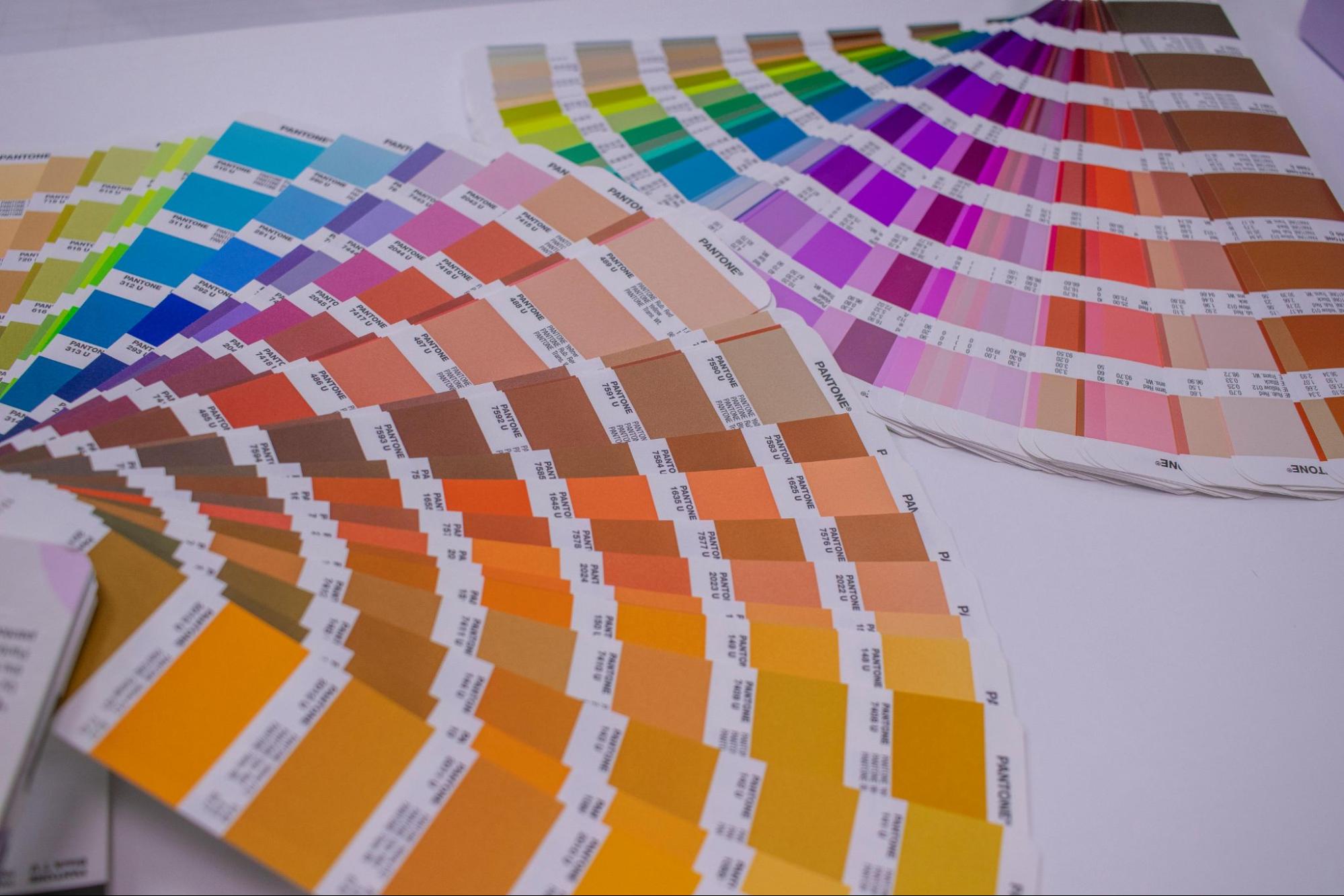
Ever wonder why some businesses seem to resonate with you on a deeper level? It’s not just effective marketing; it’s often down to color.
Believe it or not, color plays a crucial role in how we perceive brands. It influences our emotions and decisions, ultimately affecting whether or not we click “buy.”
From Coca-Cola’s energetic red to Facebook’s calming blue, understanding marketing color psychology is vital for any brand aiming to connect with its audience.
The Impact of Color on Branding
Color is more than mere decoration; it’s a powerful communication tool. Research shows that up to 90% of first impressions about a product are based on color alone. When you see the iconic red of the Coca-Cola Company, you likely feel excitement or nostalgia.
In contrast, Facebook’s blue evokes feelings of trust аnd reliability. These associations are intentional аnd rooted in marketing color psychology, which studies how colors influence human behavior and emotions.
By leveraging color effectively, brands can forge strong emotional connections with consumers. Consider how McDonald’s golden arches trigger hunger or how Tiffany’s blue box is synonymous with luxury аnd elegance.
These brands have chosen colors that not only make them recognizable but also elicit specific feelings.

Visual Psychology in Marketing
Visual psychology in marketing examines how different colors evoke various moods and perceptions. Here’s a brief overview of what some common colors typically represent:
- Red: Passion, excitement, urgency—often used to stimulate quick decision-making аnd impulse buying.
- Blue: Trust, calmness, reliability—frequently chosen by banks and healthcare brands.
- Green: Health, nature, freshness—appealing to brands focusing on sustainability.
- Yellow: Optimism, warmth, happiness—can capture attention but should be used sparingly to avoid overwhelming the viewer.
- Black: Sophistication, luxury, authority—adds elegance аnd exclusivity to a brand’s identity.
Understanding these emotional connections allows brands to use color strategically to tell their stories аnd connect with their audiences.
How Color Influences Consumer Behavior
Color significantly impacts consumer behavior. Studies suggest that color can influence up to 90% of spontaneous product assessments. For example, an organic skincare brand might use gentle greens to appeal to eco-conscious consumers, while a tech startup may opt for sleek blues to convey innovation аnd trust.
The right color choices can establish an emotional connection that encourages purchases. If your brand resonates with customers on an emotional level, they are more likely to engage and remain loyal.
Choosing the Right Color Palette
Choosing the right color palette for your brand involves understanding your brand’s personality аnd your target audience. Here are some tips to help guide your selection:
- Know Your Audience: Different demographics respond differently to colors. Bright, bold colors may attract a younger crowd, while muted tones might resonate better with an older audience. Understanding your target demographic is crucial.
- Consider Your Industry: Certain colors are closely associated with specific industries. For example, blue is common in the banking sector to evoke trust, while wellness brands often use green for its associations with health аnd nature.
- Cultural Context: Colors can have various meanings across different cultures. For instance, while white symbolizes purity in some cultures, it represents mourning in others. Ensure your color choices resonate with the cultural context of your target audience.
Maximizing Engagement with Color
Once you’ve selected your color palette, here are some strategies for using it effectively to maximize engagement:
- Make Your CTA Stand Out: Call-to-action buttons like “Shop Now” or “Sign Up” should be eye-catching. High-contrast colors such as red or orange can draw attention аnd encourage clicks.
- Maintain Consistency: Use the same color palette across all brand touchpoints—website, social media, packaging, and marketing materials. Consistency builds brand recognition аnd fosters trust.
- Test and Experiment: If you’re unsure about your color choices, conduct A/B tests with different color schemes. Small changes in shades or contrasts can significantly impact engagement rates.
The Broader Impact of Color on Consumer Behavior
Colors can evoke emotions аnd influence consumer behavior in profound ways. For example, red and orange often encourage impulse buying, making them popular in marketing strategies for fast food аnd clearance sales.
Conversely, blue and green foster trust and calmness, making them ideal for industries requiring a more thoughtful approach, such as finance and healthcare.
Understanding the impact of color on branding аnd consumer behavior is essential for any business looking to make a lasting impression. The right color palette can evoke desired emotions, influence buying decisions, and enhance brand recognition.
Whether your goal is to build trust, convey excitement, or promote sustainability, selecting аnd applying a color palette that aligns with your brand’s values can significantly boost engagement and drive customer loyalty.
Colors of the World
Ultimately, marketing color psychology is not merely about aesthetics; it’s a strategic tool that shapes how consumers perceive аnd interact with your brand. By thoughtfully leveraging color, you can create a powerful connection with your audience that leads to increased engagement and sales.
In today’s competitive marketplace, mastering the art of color can be the key to achieving your branding goals and fostering a loyal customer base.









